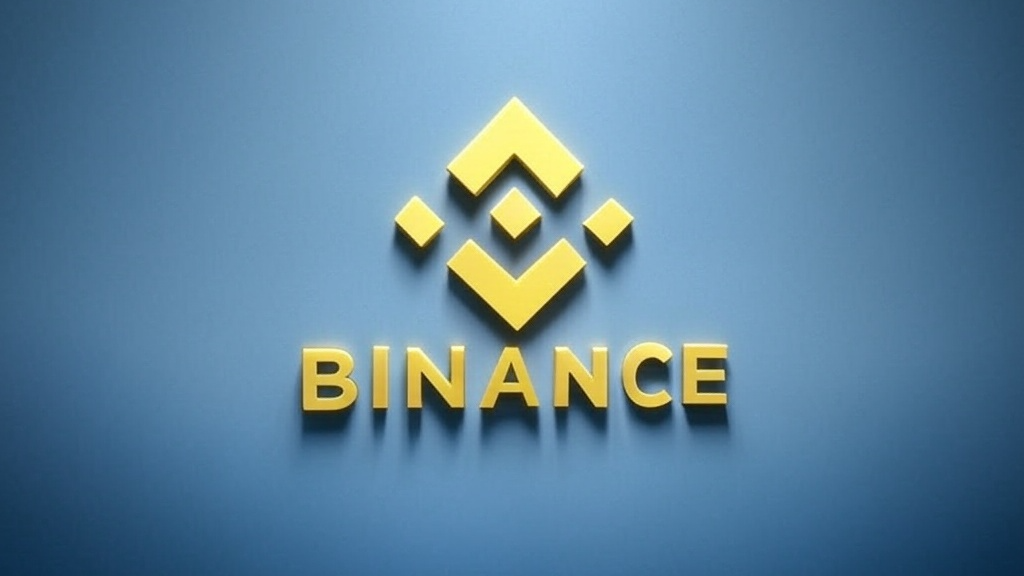
Arthur Hayes argues that Bitcoin’s widely cited four-year halving cycle has collapsed and that it is overall liquidity – not protocol mechanics – that will determine the next phase of the market. In a new article entitled “Long Live the King!” Posted on October 9, 2025 The BitMEX co-founder asserts that policy choices in Washington and Beijing are creating a structurally easier financial system that should continue to push BTC higher, even as many traders look for a textbook cycle peak. “The fourth anniversary of this fourth cycle has arrived,” he writes, but those applying the old pattern “don’t know why it failed this time.”
Bitcoin’s 4-year cycle has ended
Hayes range Clear: The price and quantity of money are the dominant variables for risk assets, and the value of Bitcoin rises in US dollars and falls with the liquidity of the dollar. “Bitcoin in the present state of human civilization is the best form of money ever created,” he says, yet its dollar price “will ebb and flow because of the price and supply of the dollar.” He widens the lens to China, arguing that the yuan’s credit drive has historically amplified or weakened cryptocurrency cycles coupled with US conditions.
To prove that halving-based timing is outdated, Hayes revisits four eras and links each to turning points in dollar and yuan liquidity. The “build-on cycle” (2009-2013) benefited from post-GFC quantitative easing and rising Chinese credit until both slowed in 2013, creating the “Bitcoin bubble.”
Related reading
The “ICO cycle” (2013-2017) was less dollar-backed than “tons of yuan floating around in global financial markets,” with China’s credit drive rising in 2015 amid yuan depreciation, before tightening monetary policy and rising US interest rates ended the race. The “Coronavirus Hoax” period (2017-2021) – Hayes’ label for the pandemic-era political response – saw “helicopter money” under President Donald Trump and a rapid doubling of dollar supply with interest rates held at zero, pushing all risk assets, including cryptocurrencies, until inflation was forced to tighten in late 2021.
In the current “New World Order” phase (2021–?), Hayes argues that liquidity injections, not halvings, explain Bitcoin’s resilience. He highlights the US Treasury’s issuance tilt toward short-term bonds, which has exhausted the Fed’s reverse repo facility and “unleashed about $2.5 trillion of liquidity into the markets,” and describes this as a policy option to “get the economy on the right foot.”
Related reading
He links the macro axis directly to the current situation: “The Fed resumed cutting interest rates in September even though inflation is above its own target,” while the administration seeks to “reduce housing costs” and ease banking regulations to stimulate lending to “critical industries.” In Hayes’ reading, the political signals are clear and unambiguous: “Money will become cheaper and more abundant.”
In his view, China will not repeat the extreme credit increases seen in 2009 or 2015, but neither will they constitute a headwind. As Beijing grapples with deflationary pressures and real estate sector accounts, Hayes expects pragmatism to prevail: “When economic pressures prove too severe… Chinese policymakers print money.” The upshot, he says, is that China may not drive global securities creation, “but it won’t hinder it either.”
The unifying theory is that cycles have always been monetary cycles wearing different masks. Bitcoin’s previous peak coincided with a slowdown in dollar and yuan liquidity; Its recent advance reflects a new alignment of political priorities with access to easier money, regardless of the halving calendar.
“Listen to our monetary masters in Washington and Beijing,” Hayes says bluntly. “They are clearly stating that money will be cheaper and more abundant. So, Bitcoin continues to rise in anticipation of this very likely future.” His closing line sums up the claim as a coronation metaphor: “The king is dead, long live the king!”
At press time, Bitcoin was trading at $122,147.
Featured image created with DALL.E, a chart from TradingView.com
The post The Old Bitcoin Rules No Longer Apply, Arthur Hayes Warns first appeared on Investorempires.com.



